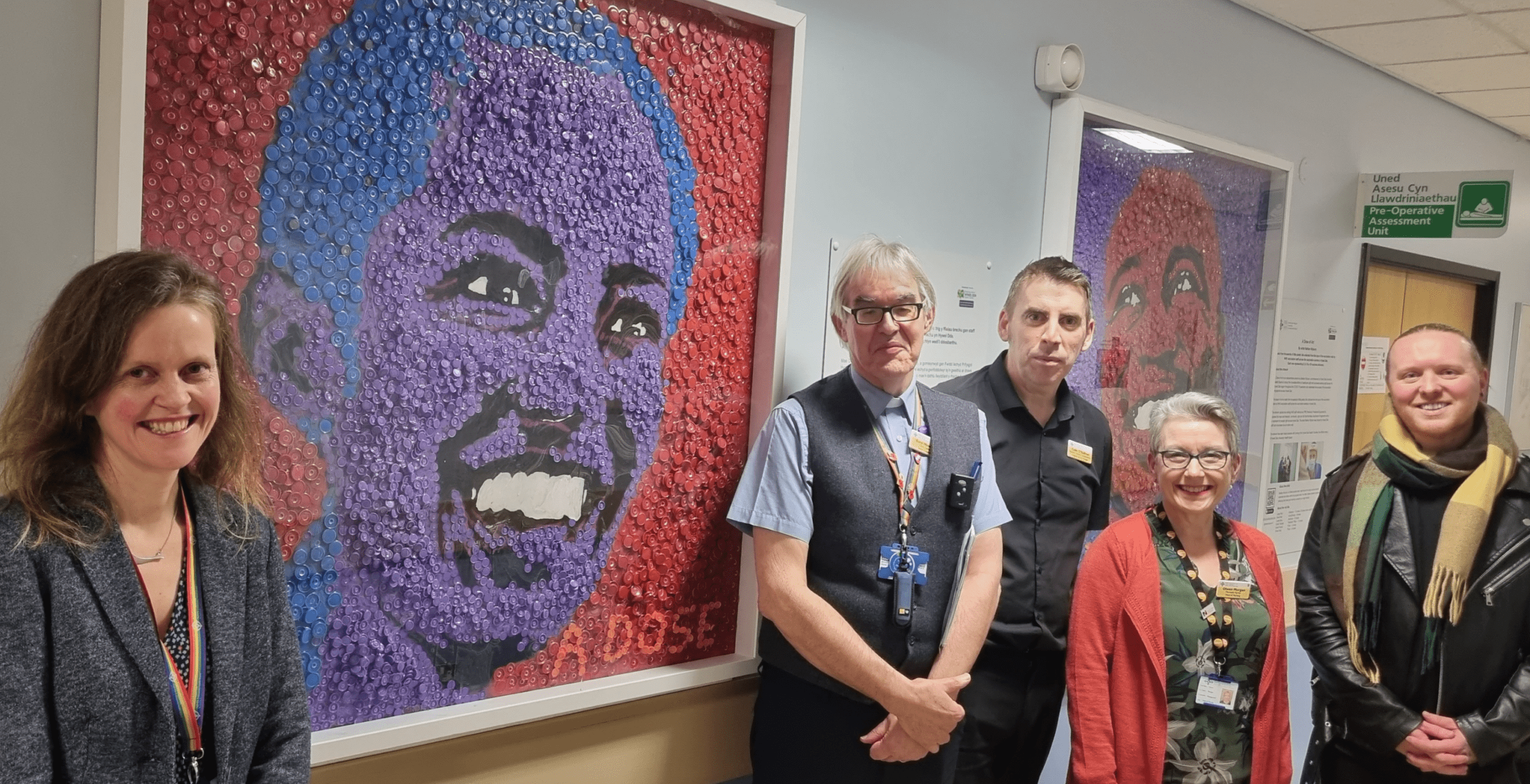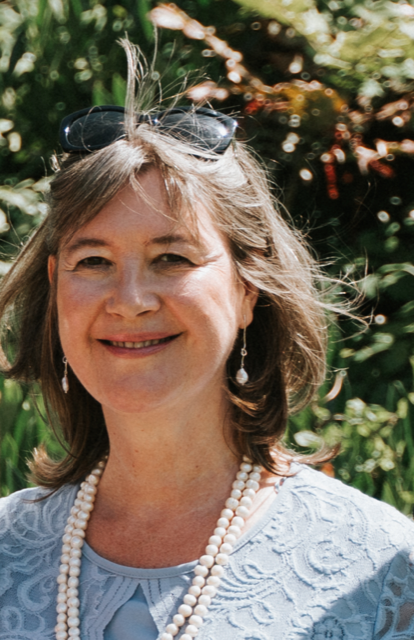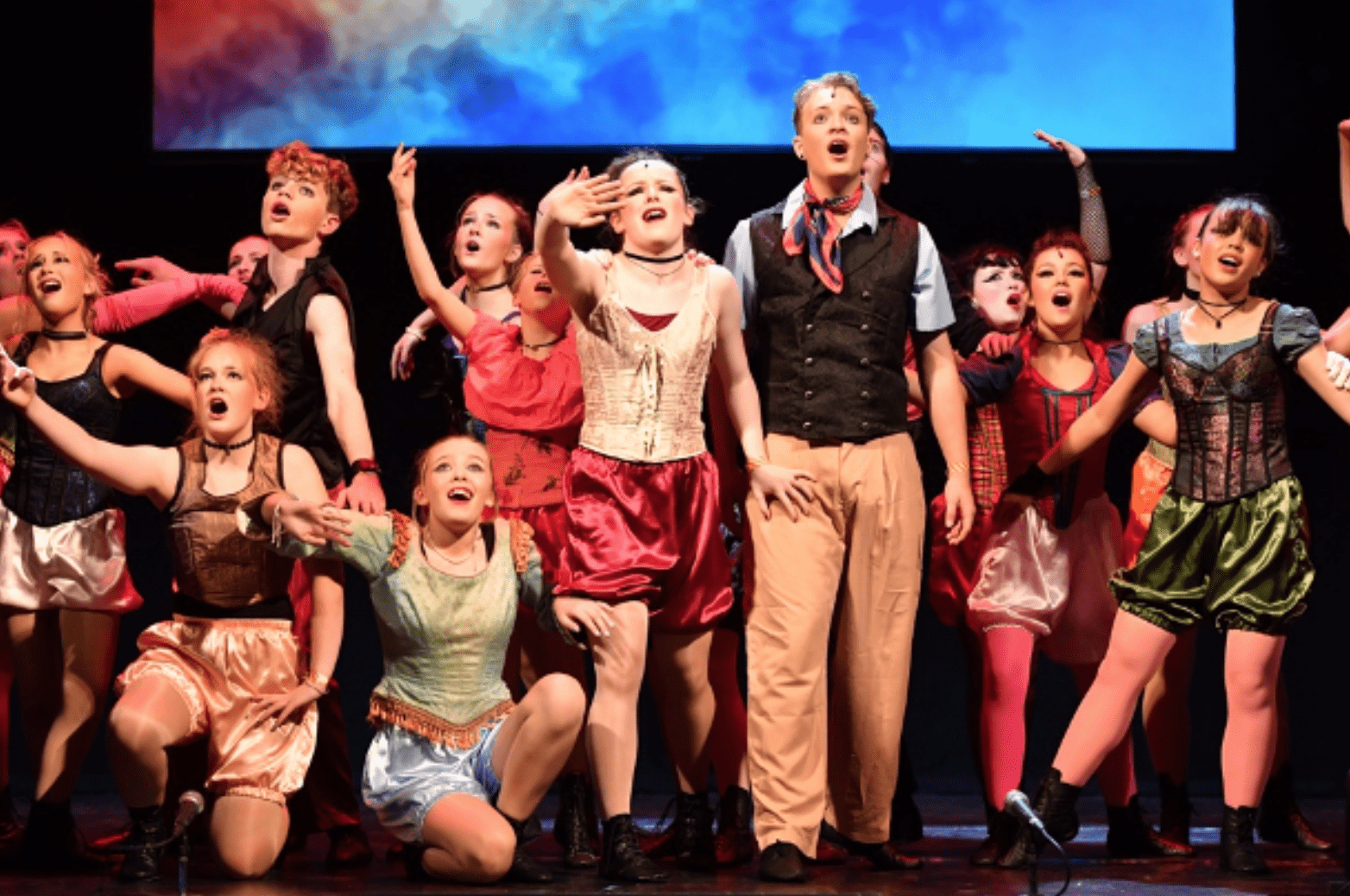
JAMES Field is an artist based in Tumble. He has been diagnosed with a terminal illness but continues to work on his art.
As with most illustrators, James was drawing from a very young age. There have been many influences that have formed an eclectic range of knowledge but with a couple of areas of specialism. In early life James was fascinated by animals, and drew them constantly. His favourite television program as a child was ‘Animal Magic’ with the wonderful Johnny Morris.
Since James first started making plastic models of steam engines and WWII tanks and planes, around age eight, a keen historical interest has developed. His work and studies have specialised in particular areas, Dinosaurs and Prehistory, the Great War, especially the German Aces, Samurai and Medieval Japan and the Great Western Railway, for whom his father worked. However, James has always kept an interest in the wider aspects of history, from the Classical Periods through to the Second World War and in the general history of Transport, from Iron Age Chariots to Land Speed Record Breakers (he lives close to the world famous Pendine Sands where records were broken in the 1920’s). In 2010 he joined the Guild of Aviation Artists as a Friend but has since become an Associate member (AGAvA).
Wildlife continues to be an important part of his work and his home life. He is married to a Veterinary Nurse who regularly brings patients home, and they both act as volunteer Bat Workers. Over the past 25 years many bats and other animals have been rescued and then released back into the wild.
James’ first serious career choice was to be a Palaeontologist, sparked by a school book when aged ten. This was diverted when, aged eighteen, he became aware of a course in Wildlife illustration. What better than to draw and paint animals including, of course, dinosaurs for a living? He spent the next 4 years at Carmarthen College of Technology and Art.
After leaving college, work as an illustrator was not easy to find so, for the first couple of years, James worked as a model-maker/illustrator for television and museums in Wales. During this time he had the idea for his first major illustrated book. He had read ‘The Samurai; a Military History’ by Dr Stephen Turnbull and thought that there ought to be a book showing Samurai armour as it developed and evolved through time. The resulting ‘Samurai Warriors’, written by Stephen and illustrated by James was published in 1987. It proved a turning point in James’ career, leading to further military history books and then to a 19 year partnership with illustration agency SGA. During these years well over 200 books were illustrated by James in whole or in part.
For conventional work James normally uses gouache or occasionally acrylics on watercolour paper and a brush pen or technical pen for black and white line work. In recent years he has developed an equally competent technique on the computer producing artwork in a mix of graphic colour line work or more traditional styles. As any working illustrator knows, it is not just technique that makes the illustration; James has a huge in-depth knowledge of his subject matter. He is a prolific reader and has accumulated a vast library of reference books that have allowed him to not only illustrate but act as advisor on several books. Research applies a constraint of time on all illustrators, the more you know the less time you waste. If you enjoy your subject this becomes second nature and is an enjoyable part of the process. James’ love of dinosaurs comes through in his paintings and illustrations, where landscapes and the chosen dinosaurs sit comfortably together, and survive scrutiny by the experts.
As a release from the day to day illustration world, oil and acrylic paintings have always been a leisure activity. Totally self-motivated, there are no restrictions on subject, technique or size. James has a preference for canvas board as it does not move under the pressure of the brush. However, he will happily work on the more traditional canvas when requested.
James’ ventures into paintings have led to several commissions including portraits and maritime scenes. In 2008 James began working on one of his favourite topics which resulted in a new series of Dinosaur paintings. These were exhibited from July to September 2010 at the National Botanic Gardens in Wales.
There have been many influences over the years. David Shepherd prints and books litter James’ walls and shelves. He has early memories of Terence Cuneo’s railway paintings and Tom Lovell’s historical scenes in ‘The National Geographic’. Doug Henderson continues to be the most inspiring of the ‘Dinosaur painters’ but others include Charles Knight, John Sibbick and Mark Hallett. James’ wife introduced him to the wonderful work of Robert Bateman. Illustrators who have struck a chord are Angus McBride, Richard Hook and Victor Ambrus. Writers without whom these books would fail to exist include Stephen Turnbull, Philip Haythornthwaite and David Nicolle. Not only have all these people inspired technique and given invaluable advice over the years but some have become good friends.
When it comes to military paintings John Singer Sargent’s ‘Gassed’ has special meaning for James; it seems to sum up the whole of the Great War. The small print he keeps in his studio is a constant reminder of the horror and futility of war but also of his grandfather and three great-uncles who all enlisted in the Royal Army Medical Corps in 1914. His grandfather was seriously wounded during the conflict and one of his great-uncles was to lose his life at the Battle of Loos. More recent military artists that James admires are David Shepherd, of course, but also Frank Wooton, Michael Turner, Ivan Berryman and Russell Smith.
All artwork: ©James Field
You can watch our exclusive interview with James here.
Please donate here: Support Carmarthenshire News Online Thank you for supporting independent journalism and contributing to the future of local news in Carmarthenshire. Carmarthenshire News Online has been dedicated to providing unbiased and trustworthy news, free from commercial or political influence. By donating as little as £1, you can help ensure the continuation of this important source of information for the community. Your contribution will have a significant impact on the sustainability of independent journalism. If you're looking to enhance your brand's visibility, we also offer advertising opportunities on our Livestream and podcasts. Our special offers provide excellent value for reaching our engaged audience. To learn more about these opportunities and to discuss your advertising needs, please feel free to call or text us at 07308598604. Thank you again for your support, and together we can ensure the availability of quality local news for Carmarthenshire and beyond.
Please donate here: Support Carmarthenshire News Online








